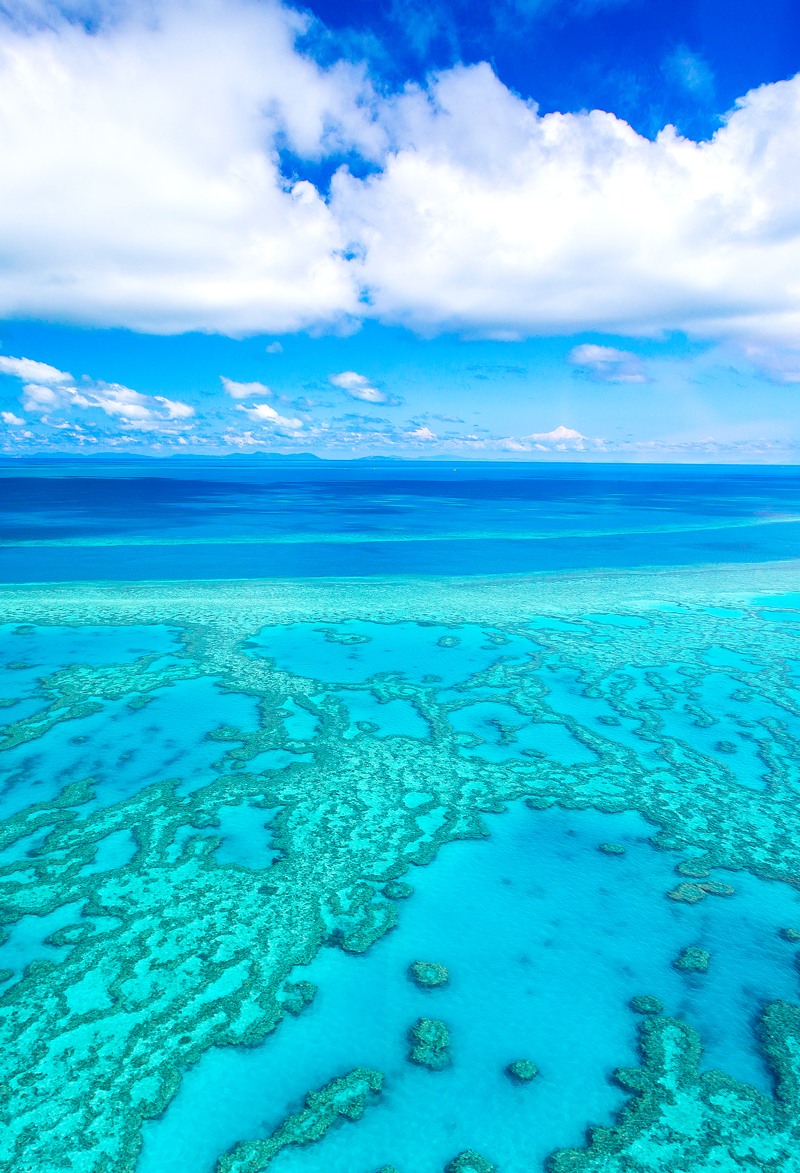From coral reefs to incredibly tall trees and giant limestone “forests,” natural wonders are found around the world in myriad forms. It’s difficult to imagine, but some of the world’s largest and most famous wonders are at risk of disappearing in the coming decades due to climate change and erosion. If you’re a lover of the natural world, make sure to check out these six natural wonders before it’s too late.
Shilin Stone Forest – China
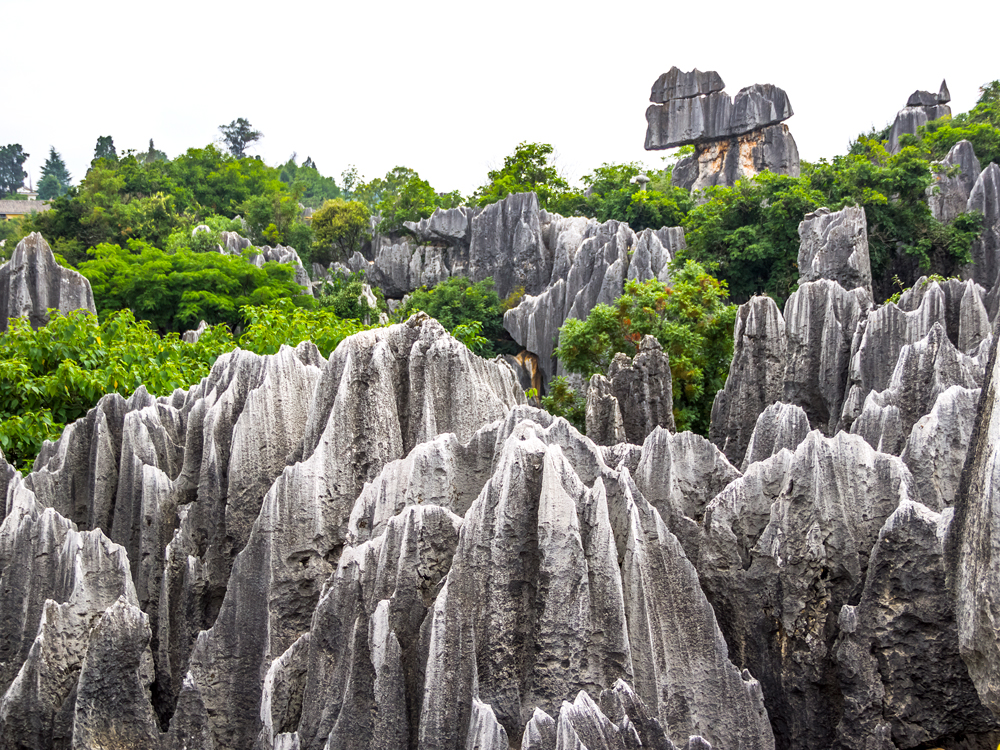
The remarkable Shilin Stone Forest, a UNESCO World Heritage Site, is located in southwestern China’s Yunnan Province. Appearing larger than life, the stalagmite-like limestone spears of this “forest” spread across 150 square miles. They were formed over millions of years from the accumulation of limestone deposits and wind and water erosion. Hiking trails and designated lookout points allow visitors close encounters with these ancient rock formations, but this stone forest likely won’t be around forever. Erosion — the same force that created it — could be its ultimate demise. Increased carbon dioxide in the atmosphere is projected to increase acid rain, a key factor in the deterioration of limestone.
Sequoia Forests – California
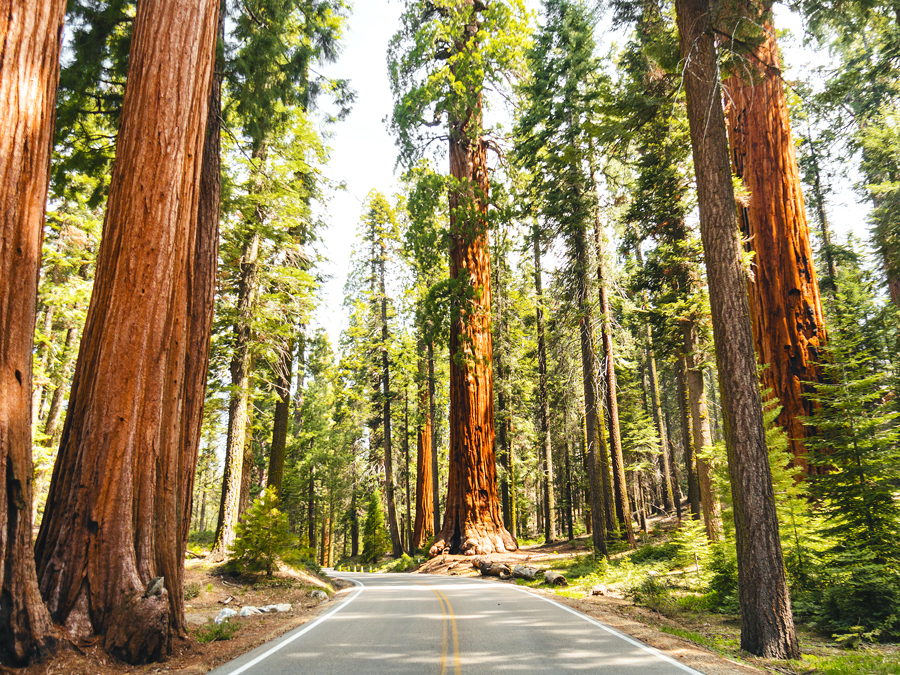
California’s sky-high sequoia trees may stand between 250 to 300 feet tall, but not even the tallest trees in the world are impervious to climate change. An increase in California wildfires threatens the existence of the state’s beloved trees, with approximately 85% of the Sierra Nevada’s giant Sequoias sadly burned in wildfires between 2015 and 2021. Despite their resilience to disease and fire due to their tough bark (which, in normal circumstances, gives them a life expectancy of around 3,000 years), the species is now listed as endangered. That said, there are roughly 75,000 sequoias still standing in California. The best place to view these giants is in Sequoia National Park and Kings Canyon National Park, which hold the largest sequoias in the U.S.
Jurassic Coast – England

Southern England’s spellbinding, 95-mile Jurassic Coast is one of the world’s most famous coastlines. A UNESCO World Heritage Site and frequent movie set, the Jurassic Coast is the only place in the world that combines rock from the Triassic, Jurassic, and Cretaceous periods, resulting in a natural museum showcasing 185 million years of evolution. Shaped by the tides, winds, and time, the craggy coastline is not only visually spectacular but also a treasure trove for prehistoric fossils. Visitors can hunt for these fossils, visit the local museum, or simply soak up the grandeur of the landscape. Regrettably, this natural wonder won’t be around forever — just as it was shaped, the coastline is always eroding, proof of which is seen in landslides and rock falls that can happen at any time.
Great Barrier Reef – Australia

It’s hard to imagine that the largest coral reef system in the world is at risk of disappearing, but it’s unfortunately true. Off the northeast coast of Australia, the Great Barrier Reef stretches nearly 1,500 miles long and is home to approximately 9,000 species of marine life. Due to rising sea temperatures that result in coral bleaching, the Great Barrier Reef has lost over half its corals in the last 30 years, but it’s not the only reef at risk. Reefs in Southeast Asia and the Pacific have lost the largest proportions of their reefs due climate change, pollution, overexploitation, and human disturbances. If you decide to discover the Great Barrier Reef for yourself, make sure to read up on responsible reef practices, which help protect and preserve the marine life that call this fragile ecosystem home.
Kilwa Kisiwani – Tanzania
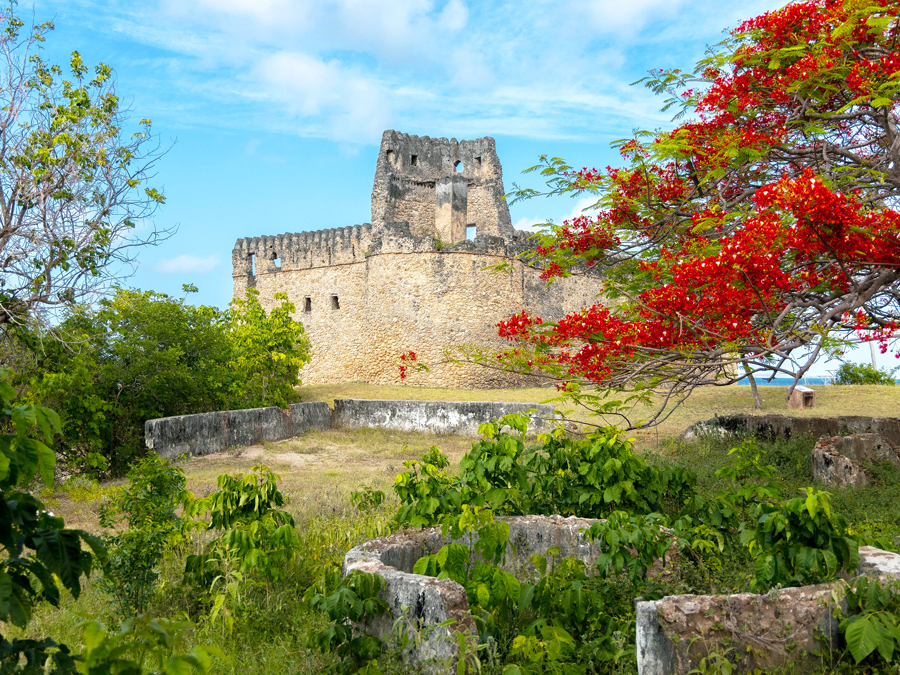
Once a prosperous Swahili port city, the island of Kilwa Kisiwani is a UNESCO World Heritage Site in southern Tanzania renowned for its remarkable and historically significant ruins. The island’s perhaps most noteworthy features are human-made, rather than natural. The Great Mosque was once the largest in sub-Saharan Africa until the 16th century, and the Palace of Husuni Kubwa is known for its grandiose design, including its 16 bays and a massive dome. As the island sits at sea level, its beautifully preserved history is at risk of disappearing. Coastal erosion in the form of waves and rising sea levels are threatening the foundational integrity of the ruins. Fortunately, the Tanzanian government is taking measures to protect the main structures of the ancient city, but despite their best efforts, some small structures and artifacts have already been lost.
Glacier National Park – Montana
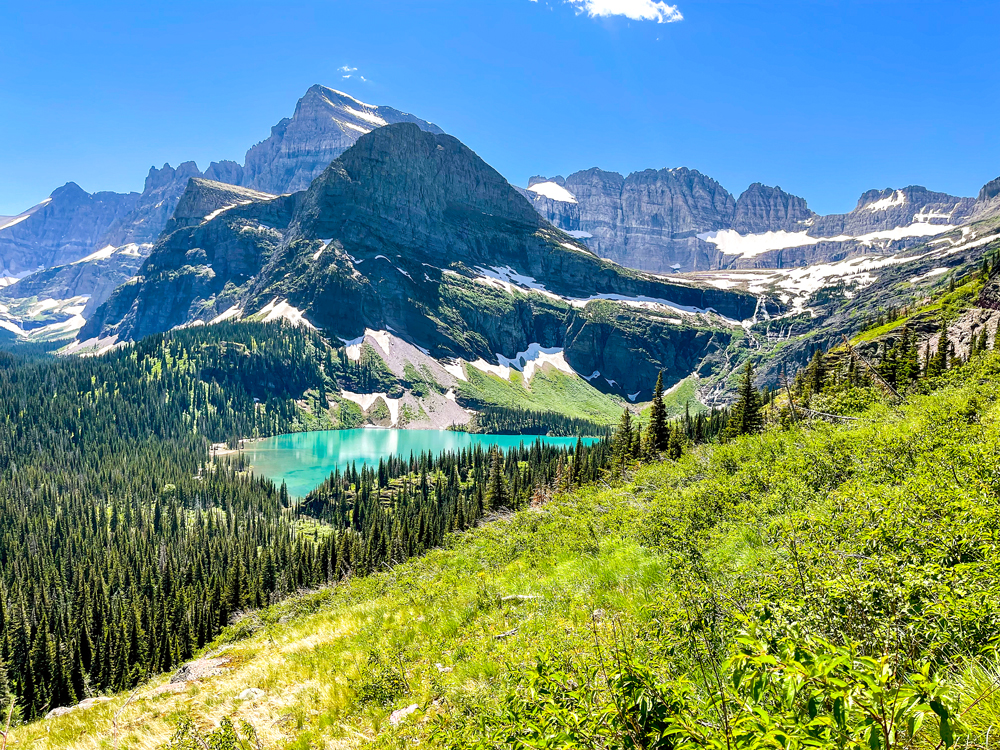
Ice loss in Montana’s Glacier National Park has been significant in the last century. When the park was founded in 1910, there were roughly 150 glaciers within its boundaries. Today, just 26 glaciers remain. Glaciers routinely cycle through stages of growth and retreat, but they’ve been unable to regenerate as fast as they’ve retreated in the last few decades. Glacier melt in Glacier National Park — and around the world — is directly linked to rising global temperatures. The good news is that it’s still easy to see a glacier in Glacier National Park —in fact, you don’t even need to leave your car in some cases. Whether it’s via an adventurous multiple-day hike or a leisurely scenic drive, there are plenty of ways to admire these mighty glaciers while they’re still around.
More from our network
Daily Passport is part of Optimism, which publishes content that uplifts, informs, and inspires.






